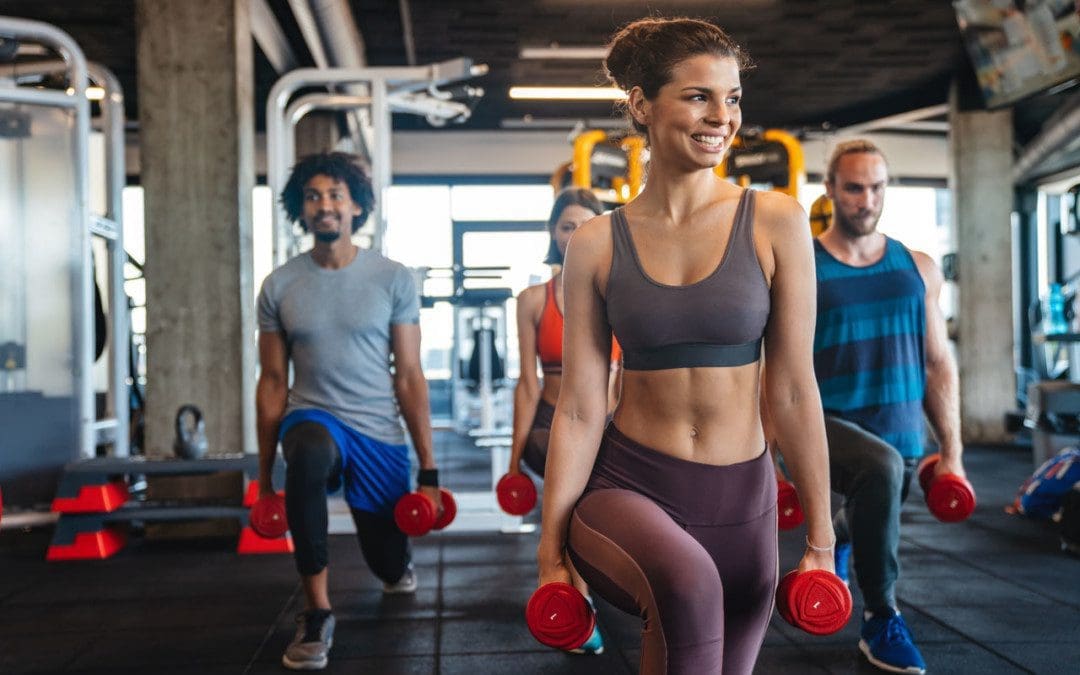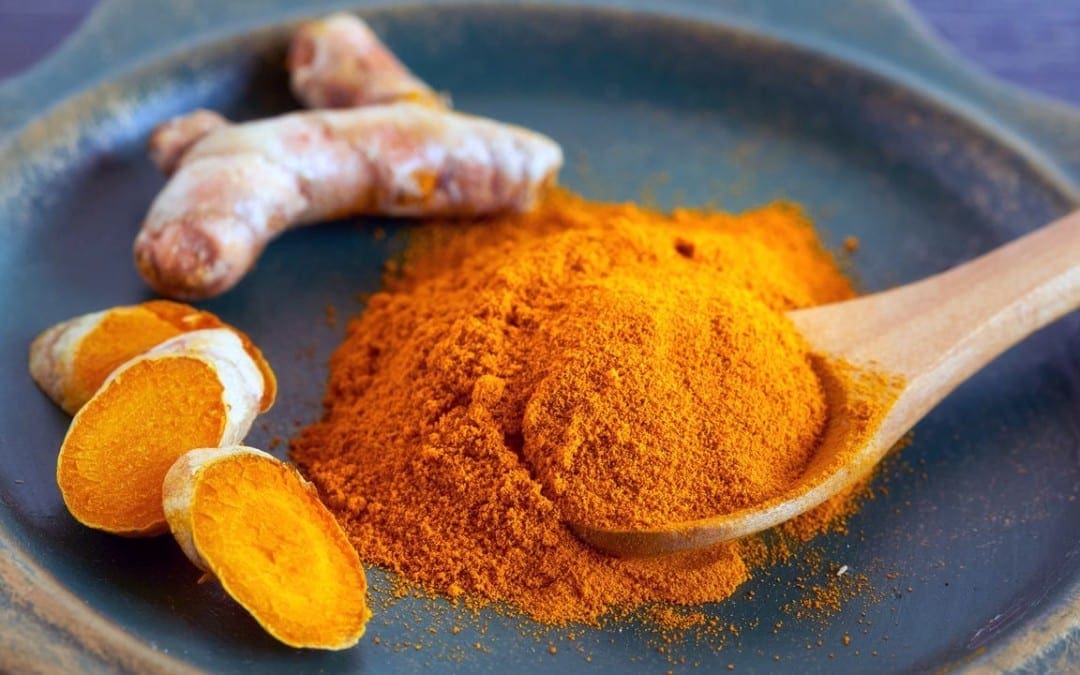
Getting Fit and Staying Active
Many individuals are trying to get fit and stay active through physical activity and exercise. Getting back to a previous fitness routine is an achievable and realistic goal. Fitness means having the energy and strength to perform physical activity and the body feeling as good as possible. Getting fit improves total health. But it does not require training like an athlete. Just walking for a half-hour every day can help individuals reach an adequate fitness level that helps them feel better and increase energy levels.

Benefits of Getting Fit
Getting the body fit and in shape:
- Increases endurance
- Increases muscle strength
- Delivers oxygen and nutrients to tissues
- Improves cardiovascular health
- Helps release toxins
- Improves overall energy levels
- Improves sleep
- Handle stress better
Being fit allows the body to work harder without as much work, the mind is better focused, the body burns more calories, even when at rest, and proper weight is maintained. Fitness reduces the risk of falls, heart attack, diabetes, high blood pressure, and certain cancers.
How Much Physical Activity Is Needed?
Experts say the goal should be one, or a combination, of these:
- Moderate aerobic activity, like brisk walking, for at least 2½ hours a week.
- It is up to the individual how many days to exercise, but it is best to be active at least three days a week.
- Activity is recommended at least 10 minutes at a time. For example, an individual could:
- Take a 10-minute walk three times a day, five days a week.
- Take a half-hour walk three days a week.
- On the other four days, take a 15-minute walk.
- Take a 45-minute walk every other day.
Vigorous exercise is recommended at least three days a week for at least 10 minutes at a time. This activity makes the body breathe harder and increases heart rate. More vigorous activities, like running, could be included for at least one hour a week. This can be spread out 75 minutes, whichever way is more convenient for the individual. For example, an individual could:
- Run for 25 minutes 3 times a week.
- Run for 15 minutes 5 times a week.
Children as young as preschool age need activity as well. Encourage children ages 6 to 17 to engage in moderate to vigorous exercise for at least 1 hour every day.
Types of Physical Activity
Aerobic fitness
- This makes the body breathe faster and makes the heart work harder.
- Activities include walking, running, cycling, and swimming.
- It is also known as cardio or cardiovascular training.
Muscle fitness
- Muscle strength means building stronger muscles and increasing the length of time they can be used.
- Activities like weight lifting, push-ups, squats, and resistance bands can improve muscular fitness.
Flexibility
- Flexibility is the ability to move the joints and muscles through their full range of motion.
- Stretching exercises can help generate flexibility.
Being More Physically Active
Moderate physical activity is safe for most individuals, but it’s recommended to talk to a doctor before engaging in physical activity/exercise. To help get started:
Make physical activity part of everyday
- Make a regular habit of using stairs, not elevators, and walking, bicycling to do errands near home.
Start walking
- Walking is a great fitness activity that most individuals can do.
- Make it a habit to take a daily walk with family, friends, coworkers, or pets.
Find a workout partner
- Working out with a partner can make exercising more enjoyable.
Find fun activities that you can stick with
- Vary activities, so they don’t become boring and monotonous.
- Use a calorie-burning application to determine how many calories are burned during exercise and daily activities.
Body Composition
Damaged Collagen
There are several reasons the body’s collagen production can slow down or become less efficient. The quality of the collagen made can decrease as well. Environmental factors can be avoided to protect collagen production; however, damage from disease and natural processes is inevitable. Aging is the most common cause of decreased natural collagen. As the body ages, collagen production and quality decrease. This leads to thinner, more fragile skin and achy joints. Certain chronic diseases like lupus and rheumatoid arthritis cause collagen deficiency, leading to issues that include:
- Joints
- Blood vessels
- Organs
- Skin
To avoid collagen damage, avoid environmental factors like:
- Smoking
- UV exposure can accelerate the average rate of collagen damage that comes with aging.
- UV exposure damage can also play a role in certain skin cancers.
- Excessive sugar and fat intake increases inflammation and decreases protein synthesis.
References
American College of Sports Medicine, et al. (2009). Position stand: Exercise and physical activity for older adults. Medicine and Science in Sports and Exercise, 41(7): 1510–1530.
Anspaugh DJ, et al. (2011). Building muscular strength and endurance. Wellness: Concepts and Applications, 8th ed., pp. 111–137. New York: McGraw-Hill.
Centers for Disease Control and Prevention (2004). Strength training among adults aged 65 or older. MMWR, 53(2): 25–28.
U.S. Department of Health and Human Services (2008). 2008 Physical Activity Guidelines for Americans (ODPHP Publication No. U0036). Washington, DC: U.S. Government Printing Office. Available online: www.health.gov/paguidelines/guidelines/default.aspx.
Williams MA, et al. (2007). Resistance exercise in individuals with and without cardiovascular disease: 2007 update: A scientific statement from the American Heart Association Council on Clinical Cardiology and Council on Nutrition, Physical Activity, and Metabolism. Circulation, 116(5): 572–584.







